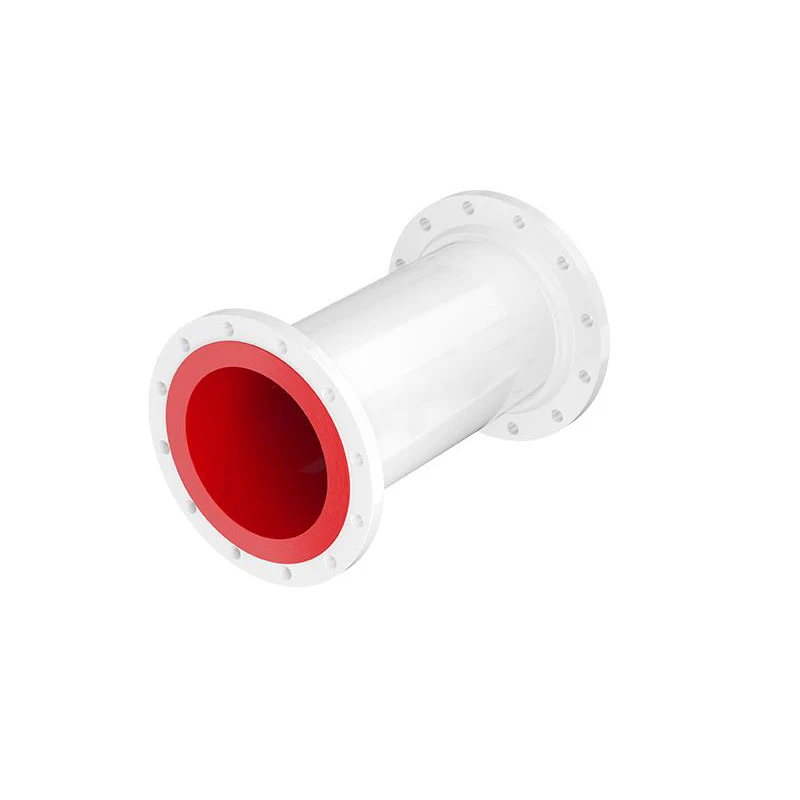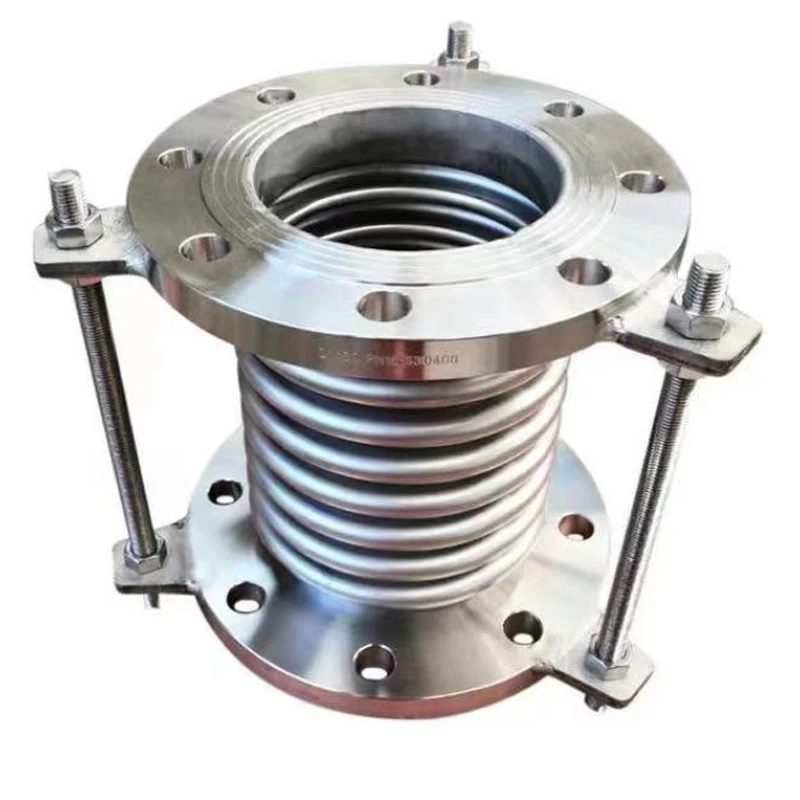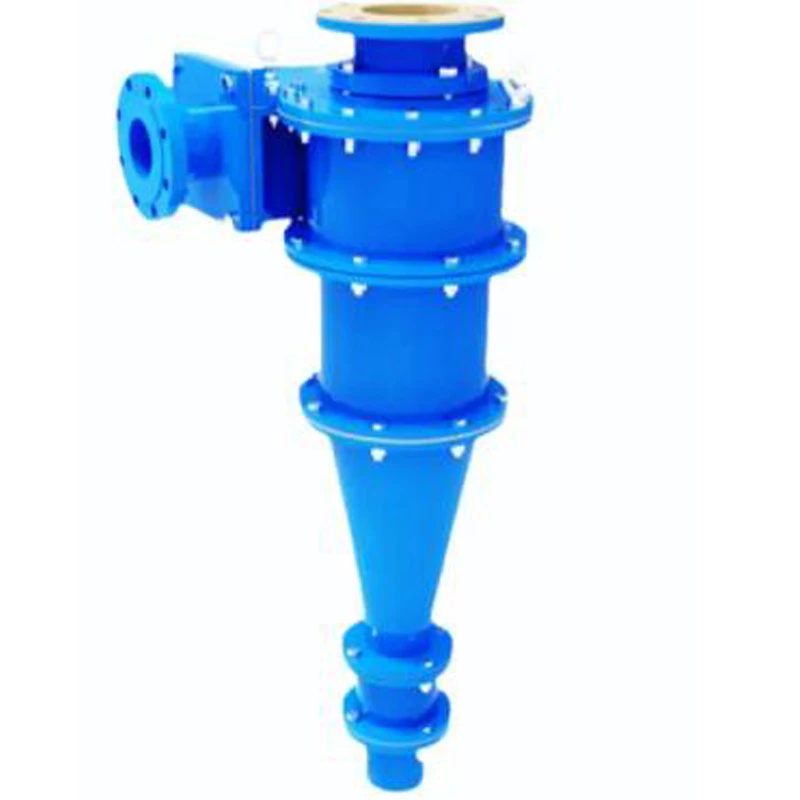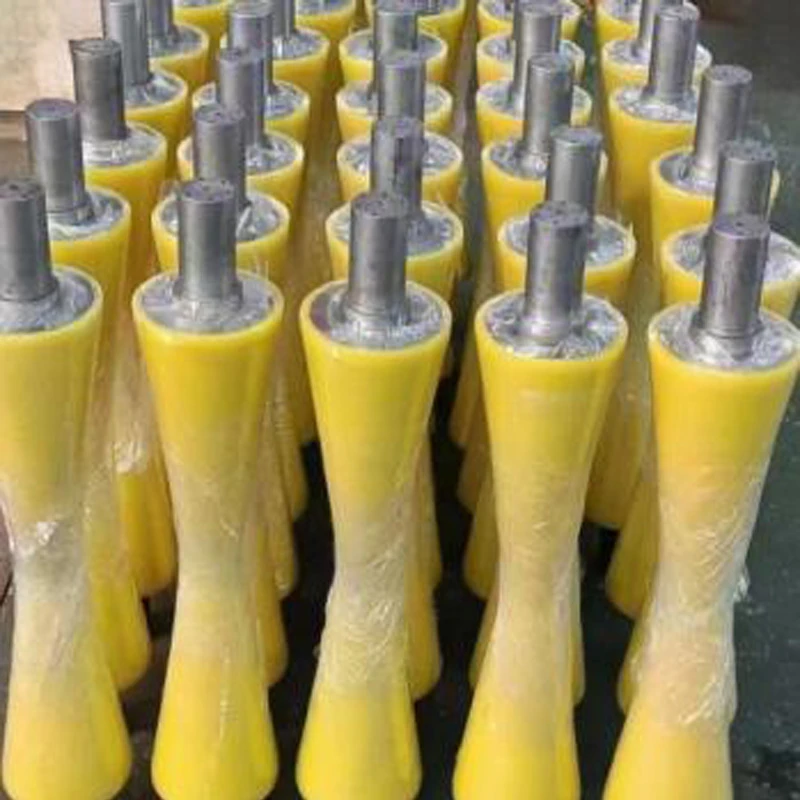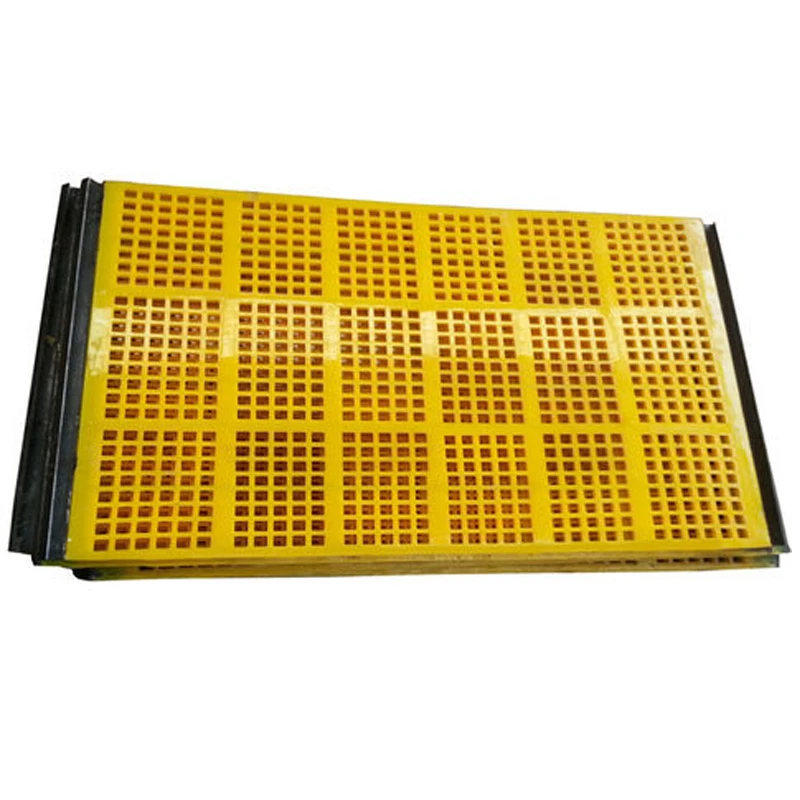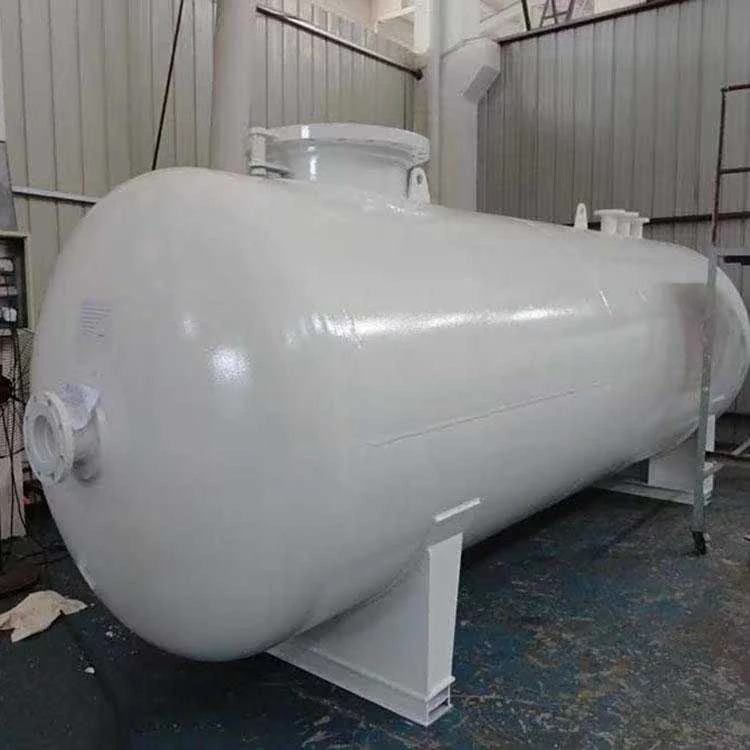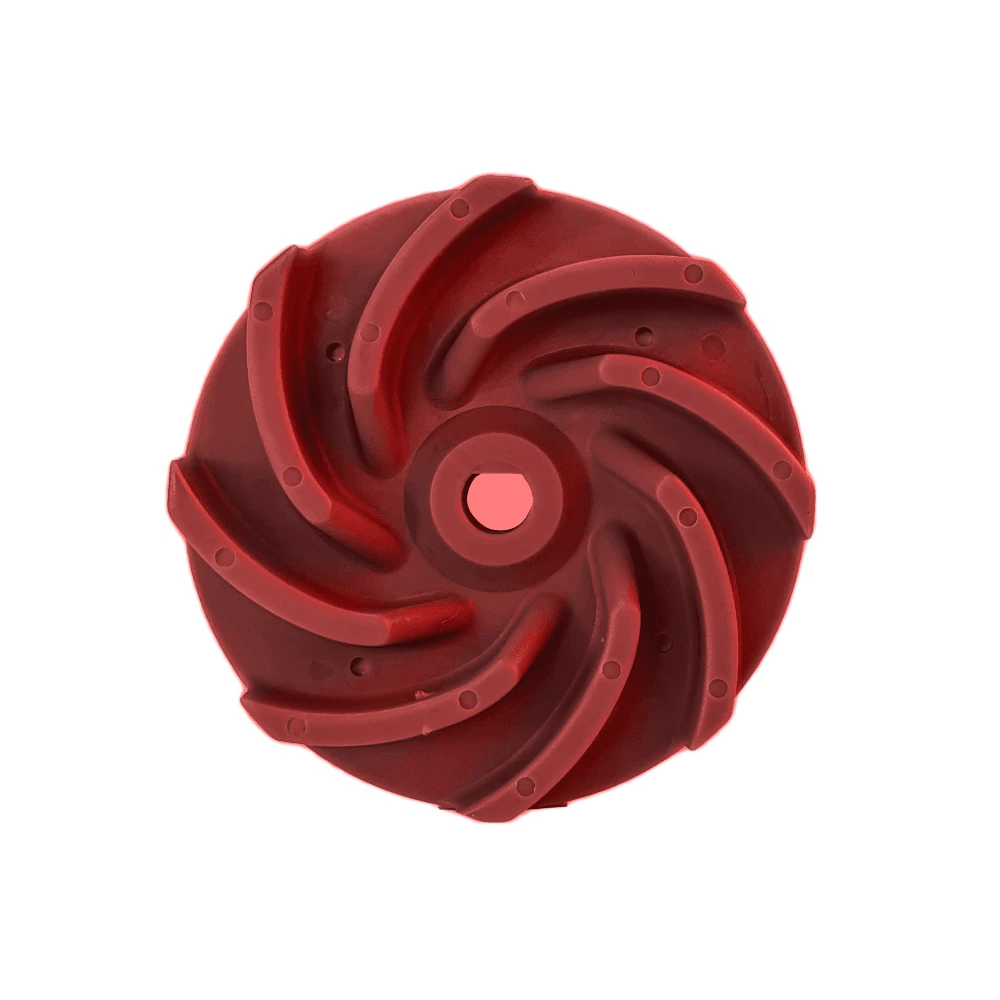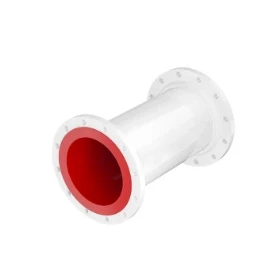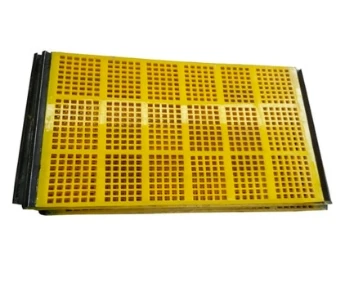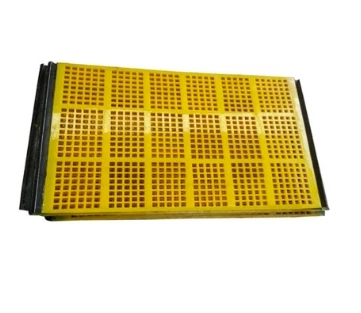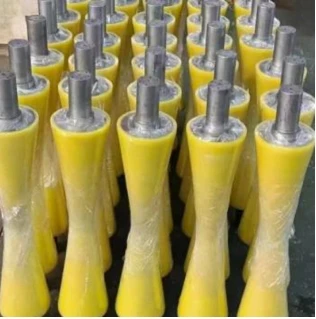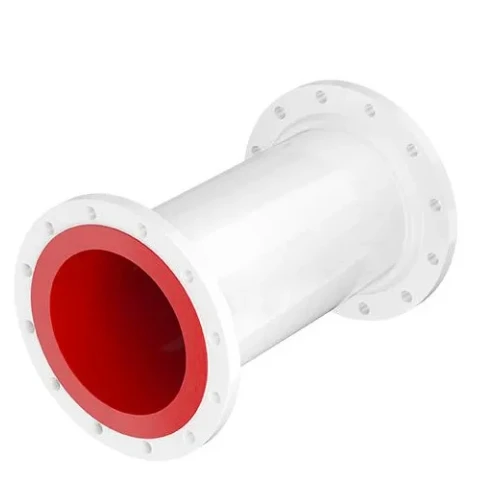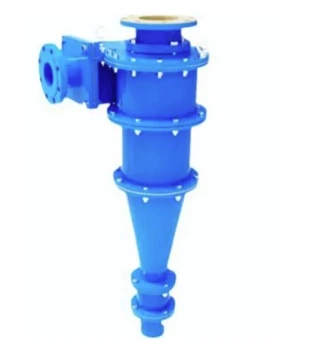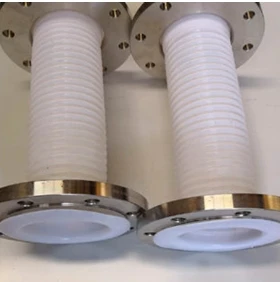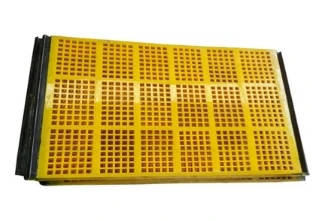Polyurethane Pipe: Durable, Flexible & Abrasion Resistant Solutions
The Unrivaled Performance of polyurethane pipe in Industrial Applications
In demanding industrial environments, the selection of appropriate piping materials is paramount for operational efficiency, longevity, and cost-effectiveness. Traditional piping materials often fall short when confronted with severe abrasion, corrosion, and impact. This is where the advanced properties of polyurethane emerge as a transformative solution, particularly in the form of polyurethane pipe. Engineered for resilience, polyurethane offers exceptional resistance to wear and tear, chemicals, and hydrolysis, making it an ideal choice for transporting abrasive slurries, corrosive fluids, and fine particulates. Its unique polymeric structure allows for superior elasticity and memory, enabling it to withstand continuous impact and vibration without succumbing to fatigue cracking, a common failure mode in rigid metallic pipes. Furthermore, the inherent sound-dampening qualities of polyurethane contribute to a quieter operational environment, a significant benefit in industrial settings adhering to strict noise regulations. The growing global emphasis on sustainable infrastructure and reduced maintenance expenditure further underscores the escalating demand for polyurethane-based piping systems, driving innovation in manufacturing processes and material formulations. Industries ranging from mining and mineral processing to power generation, dredging, and chemical manufacturing are increasingly adopting these innovative solutions to enhance system reliability and minimize downtime, representing a pivotal shift towards more durable and efficient material handling systems. This comprehensive overview will delve into the technical intricacies, application benefits, and strategic considerations for deploying polyurethane piping solutions, providing valuable insights for B2B decision-makers and technical personnel alike.
Unveiling the Manufacturing Excellence: The Polyurethane Pipe Process Flow
The production of high-performance polyurethane pipe involves a meticulous multi-stage manufacturing process designed to achieve optimal material integrity and dimensional precision. It typically commences with the selection of high-grade polyurethane elastomers, often polyether or polyester-based, chosen for their specific chemical resistance, abrasion resistance, and mechanical properties. The manufacturing process for Polyurethane Lined Straight Pipes often employs advanced techniques such as centrifugal casting or static casting, ensuring a uniform and void-free lining. In centrifugal casting, a liquid polyurethane mixture is introduced into a rapidly rotating mold, which through centrifugal force, evenly distributes the material against the inner wall of a pre-fabricated steel pipe. This method guarantees excellent adhesion and a consistent lining thickness, crucial for performance. For polyurethane pipe lining, the interior surface of a robust steel or ductile iron pipe is thoroughly cleaned and prepared to ensure maximum adhesion. Precision CNC machining is often employed for intricate pipe fittings to achieve exact tolerances. Quality control is rigorous throughout, with pipes subjected to non-destructive testing, including ultrasonic testing for bond integrity and lining thickness, and visual inspections for surface defects. These processes adhere strictly to international standards such as ISO 9001 for quality management, ANSI B16.5 for flange dimensions, and ASTM standards for material properties, guaranteeing that each polyurethane pipe meets stringent industry benchmarks for performance and safety.
The typical service life of a polyurethane pipe can extend far beyond that of conventional steel pipes, often ranging from 5 to 10 times longer, especially in abrasive applications, leading to significantly reduced lifecycle costs and maintenance downtime. These pipes find extensive application across diverse industries. In the petrochemical sector, they excel in transporting abrasive catalysts and corrosive drilling muds, while in metallurgy, they are indispensable for handling aggressive slurries containing ore concentrates and tailings. Water supply and drainage systems benefit from polyurethane's resistance to scaling and bio-fouling, ensuring long-term efficiency and reduced pumping costs. A key advantage in these typical application scenarios is the substantial energy savings realized due to the exceptionally low coefficient of friction of polyurethane. This smooth internal surface minimizes flow resistance, reducing the energy required for pumping fluids or slurries. Furthermore, the outstanding anti-corrosion properties of polyurethane protect the pipe's integrity even when exposed to a wide range of acidic or alkaline media, eliminating the need for expensive cathodic protection or frequent pipe replacements. This combination of superior wear resistance, chemical inertness, and flow efficiency makes polyurethane pipe a preferred solution for demanding fluid transfer applications, providing a robust, sustainable, and economically viable alternative to traditional materials.
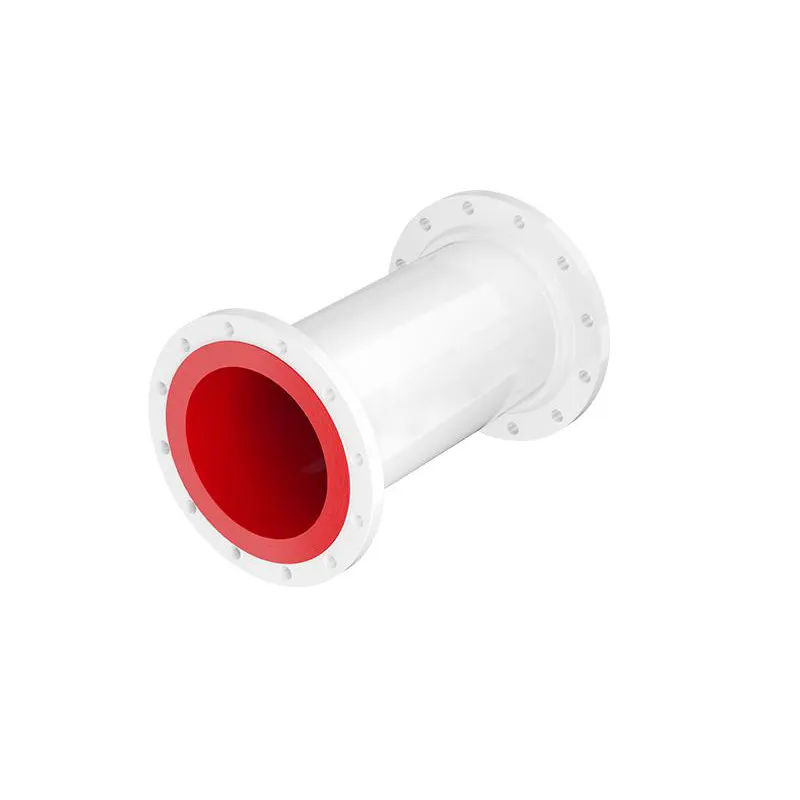
Technical Superiority: Key Parameters of Polyurethane Piping
The superior performance of polyurethane pipe is rooted in its specific technical parameters, which are critical for engineers and procurement specialists evaluating material suitability. Key properties include its exceptional abrasion resistance, often quantified by the Taber Abrasion Index or Din Abrasion Loss, which consistently outperforms steel and rubber in slurry applications. The Shore hardness (typically ranging from 80A to 95A) dictates its resistance to indentation and determines the material's overall rigidity and load-bearing capacity. High tensile strength, often exceeding 35 MPa, ensures structural integrity under high internal pressures and external loads, preventing rupture or deformation. Its elongation at break, frequently over 400%, highlights its remarkable elasticity and ability to absorb impact energy without permanent damage. The specific gravity, generally around 1.15 g/cm³, makes black polyurethane pipe lighter than steel, facilitating easier installation and reduced structural support requirements. Chemical resistance to hydrocarbons, oils, acids, and alkalis further expands its applicability in corrosive environments. Thermal stability, with a service temperature range typically from -40°C to +85°C, allows for operation in diverse climatic conditions without degradation of mechanical properties. Understanding these parameters is essential for designing robust and long-lasting fluid conveyance systems that optimize operational efficiency and minimize maintenance.
For B2B decision-makers, a comprehensive understanding of polyurethane's technical parameters is crucial for informed material selection. The excellent hydrolytic stability ensures that the material resists degradation when exposed to water, a common issue with some polymeric materials. Furthermore, the low coefficient of friction, typically around 0.1-0.3, translates directly into reduced pumping energy consumption for fluid transfer, offering significant operational cost savings over the lifespan of the system. This low friction also minimizes material build-up inside the pipe, reducing the frequency of cleaning and descaling operations. Polyurethane pipe fittings, manufactured with the same high-quality materials, ensure seamless integration and consistent performance across the entire piping system, eliminating potential weak points. The inherent flexibility of polyurethane also offers superior resistance to water hammer effects and vibration, dampening shocks and extending the life of pumps and other connected equipment. When specifying polyurethane pipe, engineers must consider not only the operating pressure and temperature but also the specific properties of the transported medium, including its abrasiveness, corrosiveness, and particle size distribution. This detailed technical evaluation ensures that the selected polyurethane formulation is perfectly matched to the application's unique demands, delivering unparalleled reliability and performance in even the most challenging industrial settings.
Polyurethane Pipe Key Technical Parameters
| Parameter | Typical Range for Polyurethane (PU) | Significance in Application |
|---|---|---|
| Shore Hardness (Durometer) | 70A to 95A (A-scale) | Indicates resistance to indentation and abrasion; higher values mean greater rigidity and wear resistance. |
| Tensile Strength | 25 - 50 MPa | Resistance to breaking under tension; critical for pressure-bearing applications. |
| Elongation at Break | 300% - 600% | Material's ability to stretch before fracturing; indicates impact and fatigue resistance. |
| Abrasion Resistance (DIN ISO 4649) | 50 - 100 mm³ | Volume loss due to abrasive wear; lower values signify superior resistance. |
| Specific Gravity | 1.10 - 1.25 g/cm³ | Density relative to water; impacts pipe weight and installation ease. |
| Temperature Range | -40°C to +85°C (continuous) | Operating temperature limits without significant degradation of properties. |
| Coefficient of Friction | 0.1 - 0.3 | Low internal friction reduces flow resistance and energy consumption. |
Real-World Impact: Application Scenarios and Success Stories
The practical utility of polyurethane pipe extends across a multitude of challenging industrial applications, delivering tangible benefits in terms of operational uptime, maintenance reduction, and overall cost savings. In the mining industry, for instance, polyurethane-lined pipes are indispensable for transporting highly abrasive mineral slurries containing ore concentrates, tailings, and waste rock. A prominent case study involves a large copper mine in Chile, where conventional steel pipes had a lifespan of merely 6-12 months due to extreme abrasion. Upon switching to Polyurethane Lined Straight Pipes, the mine observed a tenfold increase in pipe lifespan, extending to 5-8 years, drastically reducing downtime for pipe replacement and significantly lowering maintenance expenditures. This translates directly into enhanced productivity and lower operational costs per ton of material processed. Similarly, in dredging operations, where pipes transport sand, gravel, and silt from riverbeds or seabeds, the impact resistance and abrasion resistance of black polyurethane pipe prevent premature wear and burst failures, ensuring continuous material flow and minimizing costly interruptions to projects.
Beyond mining and dredging, polyurethane pipe finds critical roles in power generation facilities for handling fly ash slurries and in chemical processing plants for conveying corrosive chemicals that would rapidly degrade metallic alternatives. A major chemical manufacturer implemented polyurethane pipe lining in their wastewater treatment facility, which handles highly acidic effluent. Previously, their stainless steel pipes required replacement every two years due to chemical corrosion. After integrating polyurethane-lined solutions, the pipes have operated flawlessly for over five years, demonstrating superior chemical resistance and eliminating the need for frequent, expensive pipe overhauls. This extended service life and reduced maintenance burden underscore the significant return on investment that polyurethane pipe offers. Our extensive service cases and client feedback consistently highlight improvements in system reliability, reductions in operational noise, and a substantial decrease in energy consumption due to the low friction coefficient of polyurethane. These real-world examples serve as compelling evidence of the transformative impact that expertly engineered polyurethane piping solutions can have on industrial efficiency and sustainability, solidifying its position as a go-to material for demanding fluid handling.
Choosing the Right Partner: Manufacturer Comparison and Custom Solutions
Selecting the right manufacturer for polyurethane pipe is a critical decision that impacts not only product quality but also long-term operational performance and support. While many polyurethane pipe suppliers exist, differentiating factors lie in their manufacturing capabilities, quality control processes, and commitment to customized solutions. Leading manufacturers often possess advanced R&D capabilities, allowing them to formulate specific polyurethane compounds tailored to unique application requirements, such as enhanced hydrolysis resistance for marine environments or higher temperature tolerance for specific chemical processes. They also typically offer a wider range of sizes, thicknesses, and fitting types, including specialized polyurethane pipe fittings designed for seamless integration and ease of installation. A robust manufacturer comparison should consider certifications such as ISO 9001, which signifies a commitment to internationally recognized quality management systems. Furthermore, evaluating their track record, service years in the industry, and the breadth of their client portfolio, especially involvement with Fortune 500 companies or major industrial players, provides strong indicators of their authority and reliability. Look for suppliers who can demonstrate proven success stories with complex projects and offer comprehensive technical support.
Custom solutions are often necessary for optimal performance, and a top-tier polyurethane pipe manufacturer will excel in providing these. This includes the ability to design and fabricate pipes with specific flange types (e.g., ANSI B16.5, DIN, JIS), customized lengths to minimize field joints, and specialized internal bore finishes for particular flow characteristics. For instance, in applications requiring precise flow control or minimal turbulence, a manufacturer capable of delivering pipes with exceptionally smooth inner surfaces or specific tapering can significantly enhance system efficiency. Companies that offer comprehensive engineering support, from initial design consultation to post-installation troubleshooting, stand out in the market. Our company, with decades of experience in the field, prides itself on our ability to deliver highly specialized polyurethane pipe solutions tailored precisely to client specifications. We understand that every project presents unique challenges, and our team of expert engineers works closely with clients to develop bespoke designs that optimize performance, reduce installation complexity, and ensure maximum durability. This collaborative approach, combined with stringent quality assurance and adherence to global standards, positions us as a trusted partner for even the most demanding industrial piping needs, reflecting our unwavering commitment to client success and superior product quality.
Trust and Reliability: Guarantees and Support for Your Polyurethane Pipe Investment
Building trust with B2B clients extends beyond product specifications; it encompasses transparent processes, robust support systems, and clear commitments to quality and service. When investing in polyurethane pipe solutions, it is crucial to understand the guarantees and support infrastructure provided by the supplier. A reputable manufacturer will offer comprehensive quality assurance, evidenced by certifications like ISO 9001 and adherence to ASTM testing methodologies. Our products undergo rigorous testing, including hydrostatic pressure tests, material hardness checks, and visual inspections, ensuring compliance with specified performance parameters and international industry benchmarks. We provide detailed material test reports (MTRs) and certificates of conformity for all our polyurethane pipe products, giving clients complete transparency and confidence in their purchase. Furthermore, understanding the typical delivery cycle is essential for project planning. Our streamlined logistics and production planning ensure efficient order fulfillment, with standard delivery times clearly communicated and expedited options available for urgent requirements, minimizing project delays and maximizing operational continuity. This meticulous attention to detail at every stage of the supply chain reinforces our commitment to reliability and customer satisfaction.
Our commitment to our clients extends well beyond the point of sale. We offer a comprehensive product warranty, covering manufacturing defects and ensuring the material's integrity under specified operating conditions. This warranty period, typically ranging from 1 to 3 years, provides clients with peace of mind and protection for their investment in polyurethane pipe. Beyond the warranty, our dedicated customer support team is available to provide technical assistance, troubleshoot any operational issues, and offer guidance on maintenance best practices. We believe in fostering long-term partnerships, providing continuous support to ensure the optimal performance and longevity of our black polyurethane pipe installations. For common queries, we've compiled a concise FAQ section:
- Q: What is the typical lifespan of polyurethane-lined pipes? A: In abrasive applications, our polyurethane-lined pipes can last 5-10 times longer than unlined steel pipes, extending up to 5-8 years or more depending on specific operating conditions.
- Q: Can polyurethane pipes handle high temperatures? A: Our standard polyurethane compounds are designed for continuous service temperatures up to +85°C, with specialized formulations available for higher intermittent temperatures.
- Q: Are custom sizes and fittings available? A: Absolutely. We specialize in custom solutions, manufacturing pipes and polyurethane pipe fittings to exact client specifications, including various flange types, lengths, and specialized bore finishes.
- Q: What maintenance is required for polyurethane pipes? A: Due to their excellent wear and chemical resistance, polyurethane pipes require significantly less maintenance than traditional pipes. Regular visual inspections are recommended.
Conclusion: The Future of Industrial Pipelining with Polyurethane
The compelling combination of superior abrasion resistance, chemical inertness, impact absorption, and low friction coefficient positions polyurethane pipe as the material of choice for the most demanding industrial fluid and slurry transport applications. Its demonstrated ability to significantly extend service life, reduce maintenance overheads, and contribute to energy efficiency offers a clear competitive advantage over traditional piping materials. As industries globally strive for greater sustainability, operational resilience, and cost optimization, the adoption of polyurethane-lined solutions is set to accelerate. The long-term economic benefits, coupled with enhanced safety and environmental performance, make the investment in high-quality polyurethane pipe an intelligent strategic decision for forward-thinking enterprises. By selecting a reputable manufacturer that adheres to stringent quality standards, offers comprehensive customization capabilities, and provides robust post-sale support, businesses can unlock the full potential of this advanced material, ensuring reliable and efficient operations for decades to come. The future of industrial pipelining is undeniably moving towards more durable, efficient, and resilient solutions, and polyurethane is at the forefront of this evolution, offering an unparalleled blend of performance and value for mission-critical applications across diverse sectors.
References
- Smith, J. (2018). Polyurethane Elastomers: Properties, Processing, and Applications. Woodhead Publishing.
- ASTM International. (2020). Standard Test Methods for Rubber Property—Abrasion Resistance (Akron Abrasion Test). ASTM D412.
- ISO. (2015). Quality management systems—Requirements. ISO 9001.
- TDI. (2021). The Urethane Handbook: Chemistry and Properties of Urethanes. The Dow Chemical Company.
Related Products
Our main products are polyurethane lined pipes, mining equipment fittings and metal hoses.




